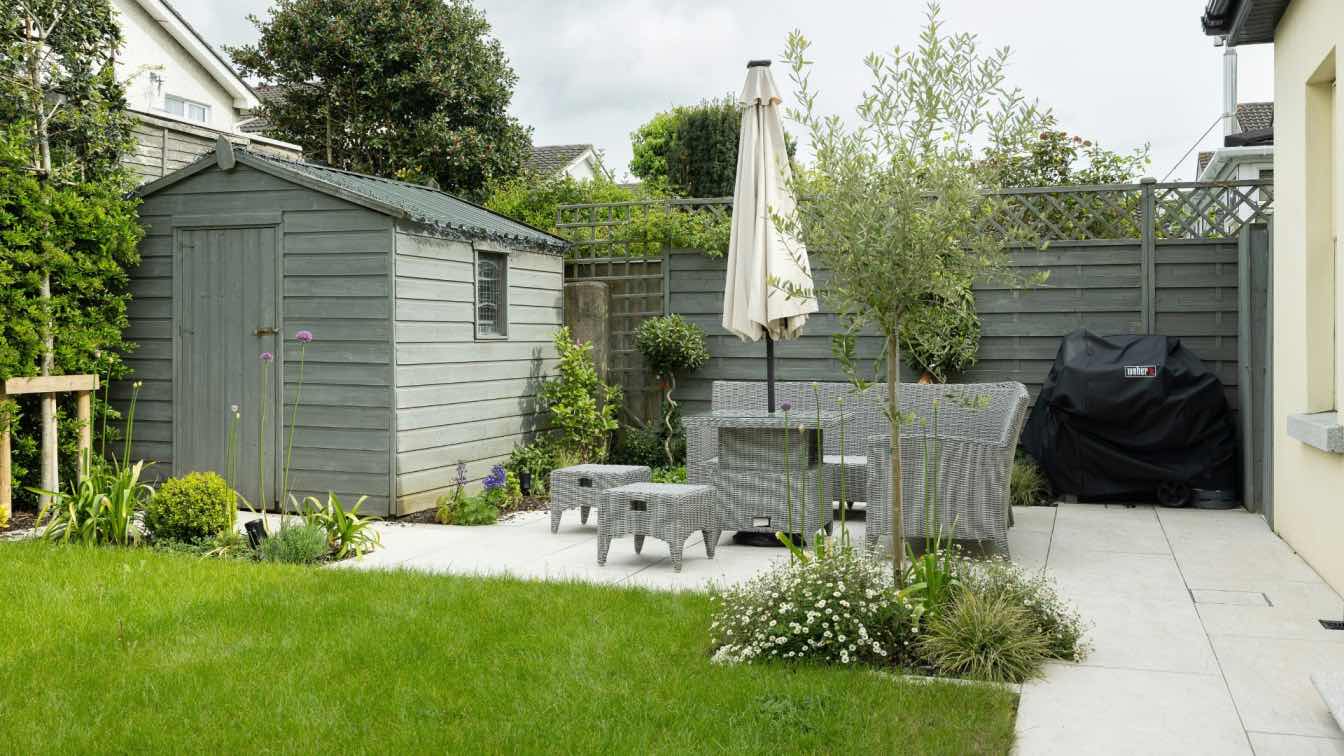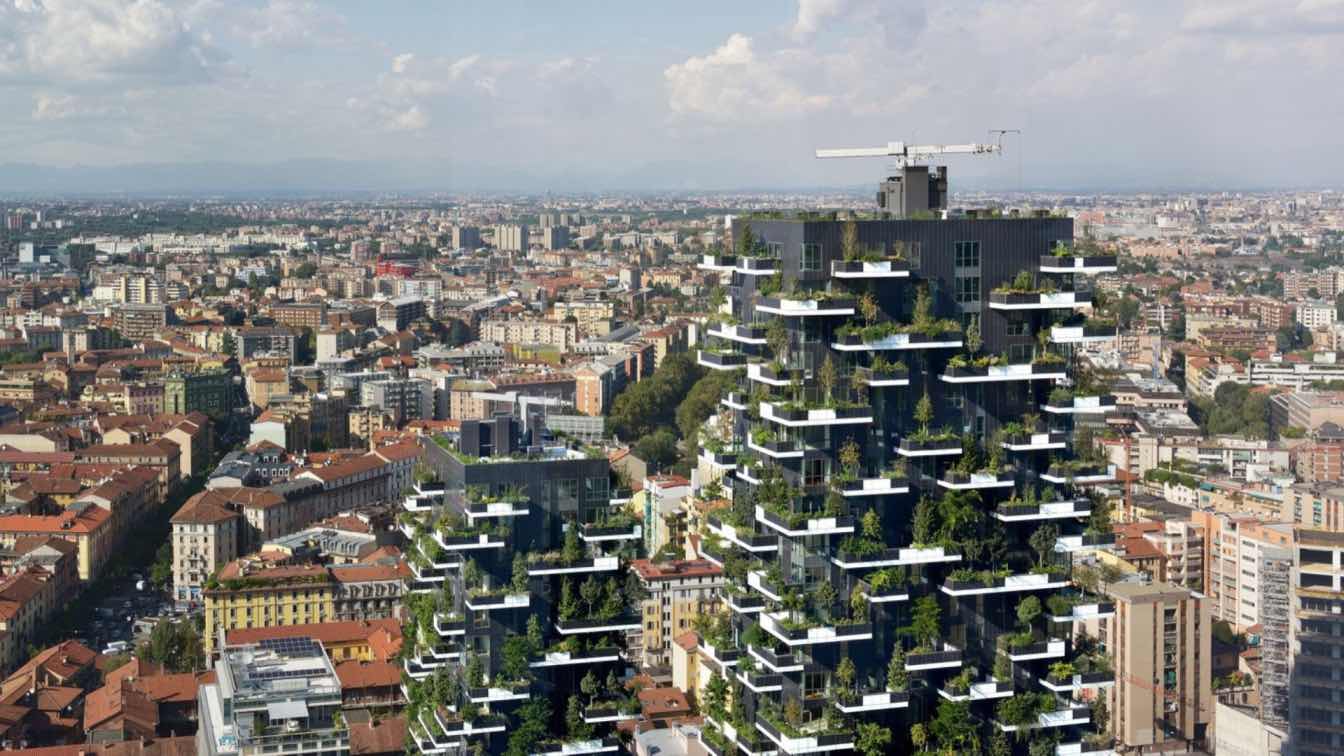The term ferrocement usually refers to a mixture of Portland cement and sand which has been applied to layers of steel bars and metal mesh, which act as reinforcements. Sometimes referred to as reinforced concrete, it was first created by Italian architect Pier Luigi Nervi in 1940.
Ferrocement is a composite material created by combining layers of cement mortar with wire mesh and metal rods. This unique structure culminates in a unique and incredibly versatile material with a range of desirable properties that lend itself to many construction projects, such as toughness, flexural strength, and resistance to fatigue, impact, and cracking. Ferrocement, a versatile construction material, is particularly well-suited for lintel applications, showcasing its strength and adaptability in various building projects.
Features of Ferrocement
Ferrocement is typically constructed of cement, fine aggregate, water, admixture, mortar mix and reinforcing mesh and rods. The unusual structure of ferrocement leads to a range of properties that make it ideal for use in construction. For starters, ferrocement is highly versatile and suitable for a wide range of construction projects. In addition, it is more durable and cheaper than traditional cement.
“As long as the loading limit is kept within specific parameters, ferrocement exhibits behaviors of a homogenous elastic material. While this is also true for traditional cement, the parameters between which ferrocement behaves in this way are much larger,” explains Sandra Vasquez, writer at Studydemic and Viawriting.
Another feature of ferrocement is that, due to the high surface area to volume ratio and uniform distribution of the reinforcement rods and wires, the material has impressive tensile strength and the propagation of cracks is reduced.
 Danilo Veras Godoy’s House of Miracles in Mexico Photographed by Naser Nader Ibrahim
Danilo Veras Godoy’s House of Miracles in Mexico Photographed by Naser Nader Ibrahim
Applications of Ferrocement
Due to the fantastic features of ferrocement highlighted in the section above, ferrocement is the perfect material for use in a wide variety of construction projects.
As ferrocement is water-tight, thin and lightweight, it can be used to construct marine structures, such as water tanks, fuel tanks, buoys, docks, barrages, boats and fishing vessels. It can also be used for water sanitation and supply equipment, including water tanks, septic tanks, well lining, and sedimentation tanks.
Ferrocement’s unique and desirable properties also lend themselves to agricultural applications, such as irrigation channels, grain storage bins and silos, pipes and water tanks. “In terms of rural energy generation, ferrocement has been used to create solar panels, incinerators, biogas holders and biogas digesters,” says Roy Powell, architecture blogger at UKWritings and Top Essay Writing Services.
Columns, slabs and beams that are used in a variety of construction projects can also be made using ferrocement.
Advantages and Disadvantages of Ferrocement
Ferrocement has a huge range of advantages when being used in construction projects, some of which have been covered earlier in this article. A more comprehensive list of ferrocement’s benefits is as follows:
- Ferrocement is made of basic materials which are easily available in many countries
- Ferrocement is moldable and can be fabricated into whichever shape your construction project requires
- Ferrocement is easy to construct and does not require highly-skilled labourers
- Once made, ferrocement has an impressive lifespan
- The materials required to make ferrocement are cheap
- Ferrocement has better earthquake resistance when compared to traditional cement
- Ferrocement is resistant to fire and corrosion
- Ferrocement can be pre-fabricated into pre-cast units and transported easily
- If a ferrocement structure suffers any local damage, it is generally fairly easy to repair
 Danilo Veras Godoy’s House of Miracles in Mexico Photographed by Naser Nader Ibrahim
Danilo Veras Godoy’s House of Miracles in Mexico Photographed by Naser Nader Ibrahim
Of course, like any material, ferrocement is not a magic fix and there are some disadvantages that mean that it may not be appropriate for every construction project. Some of these disadvantages are outlined below:
- Generally, constructing ferrocement will require more laborers than constructing an equal amount of standard cement
- The metal reinforcement mesh and rods can be susceptible to rusting if they are not properly covered by mortar
- Binding the rod and mesh together can be time consuming, and welding itself can be difficult to complete to a high standard
- If a structure is built with ferrocement, there is a risk that it may be punctured if it collides with a sharp object
Final Thoughts
Ferrocement is a strong, versatile, low-cost material that can be applied to a huge variety of construction projects. While it has a long list of advantages, it also has some disadvantages that may render it unsuitable for certain uses, so be sure to fully consider your specific situation before committing to using ferrocement.
Madeline Miller is a writer at Best Essay Writing Services and Coursework Help Service, typically covering the architecture niche. She is also a blogger at Custom Writing Services Reviews.





